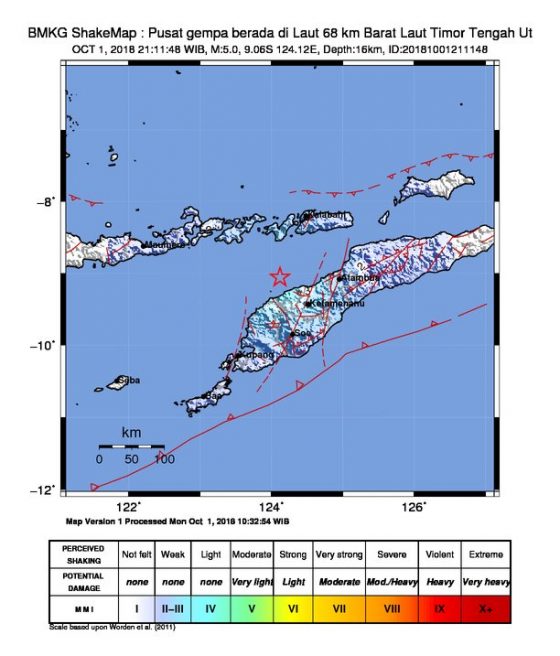The Occupational Safety and Health Administration (OSHA) recently issued two enforcement memos regarding COVID-19. The first of these memos revised OSHA’s requirements for employers as they determine whether individual cases of COVID-19 are work-related. The second revised OSHA’s policy for handling COVID-19-related complaints, referrals, and severe illness reports. The changes in these revisions include:
Record-Keeping and Reporting
OSHA’s position for months has been that cases of COVID-19 are subject to record-keeping and reporting requirements if they are work-related. On May 26, 2020, OSHA’s new memorandum superseded the previous April 10, 2020 memorandum on the subject of work-relatedness.
The April 10 memorandum essentially provided most employers latitude to assume that cases of COVID-19 were not work-related, absent evidence to the contrary. The May 19 memorandum revises OSHA’s position, requiring employers to investigate COVID-19 cases more heavily before concluding whether they are work-related.
The primary thrust of the agency’s revised position is that OSHA enforcement officers should consider three primary factors when evaluating whether an employer’s determination of work-relatedness was reasonable:
- The reasonableness of the employer’s investigation into work-relatedness;
- The evidence available to the employer; and
- The evidence that a COVID-19 illness was contracted at work.
Regarding the first, OSHA stated that it is sufficient in most circumstances for an employer, when it learns of an employee’s COVID-19 illness, to (1) ask the employee how he or she believes they contracted COVID-19; (2) while respecting employee privacy, discuss with the employee his or her work and out-of-work activities that may have led to the COVID-19 illness, and (3) review the employee’s work environment for potential COVID-19 exposure.
Employee privacy rights are a potential trap for unwary employers when inquiring about exposure outside of the workplace. Such discussions could implicate a variety of employment laws, including state-specific laws.
Regarding the second factor, OSHA directed employers to consider the evidence “reasonably available” at the time they makes their work-relatedness determination. If employers later learn more information related to an employee’s COVID-19 illness, then employers shall also consider that information.
OSHA elaborated on the third factor by listing certain types of evidence that weigh in favor of or against work-relatedness. For example, OSHA stated that COVID-19 illnesses are likely work-related when several cases develop among employees who work closely together and there is no alternative explanation. OSHA also stated that an employee’s COVID-19 illness is likely work-related if it was contracted shortly after lengthy, close exposure to a particular customer or coworker who has a confirmed case of COVID-19 and there is no alternative explanation.
OSHA justified its revised position on work-relatedness by stating that the nature of COVID-19 and the ubiquity of community spread frequently make it difficult to accurately determine whether a COVID-19 illness is work-related, especially when employees have experienced potential exposure both in and out of the workplace. OSHA might also have been motivated by some organizations calling for it to take a more aggressive response to COVID-19.
Complaints, Referrals and Illness Reports
The second memo, also issued on May 19, 2020, was related to complaints, referrals, and severe illness reports. Specifically, in geographic areas where community spread of COVID-19 has significantly decreased, OSHA will return to its normal pre-COVID-19 methods for prioritizing reported events for inspections.
OSHA will continue to prioritize cases of COVID-19 to some degree, but will increasingly conduct these efforts by phone or other remote methods. In geographic areas experiencing either sustained elevated community transmission or a resurgence in community transmission, OSHA will continue to heavily prioritize COVID-19, including conducting on-site inspections, especially in high-risk workplaces.
Action Items and Final Takeaways
OSHA’s enforcement approaches regarding the COVID-19 pandemic continue to evolve. The agency will likely continue to closely monitor employers’ compliance with COVID-19-related requirements even after states and localities lift stay-at-home orders.
Professionals with questions on how OSHA’s recent enforcement policies affect a business or organization should consider consulting with legal counsel. Also, OSHA distributes by email an informative twice-monthly newsletter called “QuickTakes,” open for subscription. OSHA’s regulations on injury and illness recordkeeping and reporting, found at 29 C.F.R. Part 1904, also include helpful questions and answers about these topics.
Finally, employers should bear in mind that the negative consequences of choosing not to comply with OSHA’s record-keeping and reporting requirements often outweigh the potential negative consequences of bringing injuries and illnesses to OSHA’s attention.


